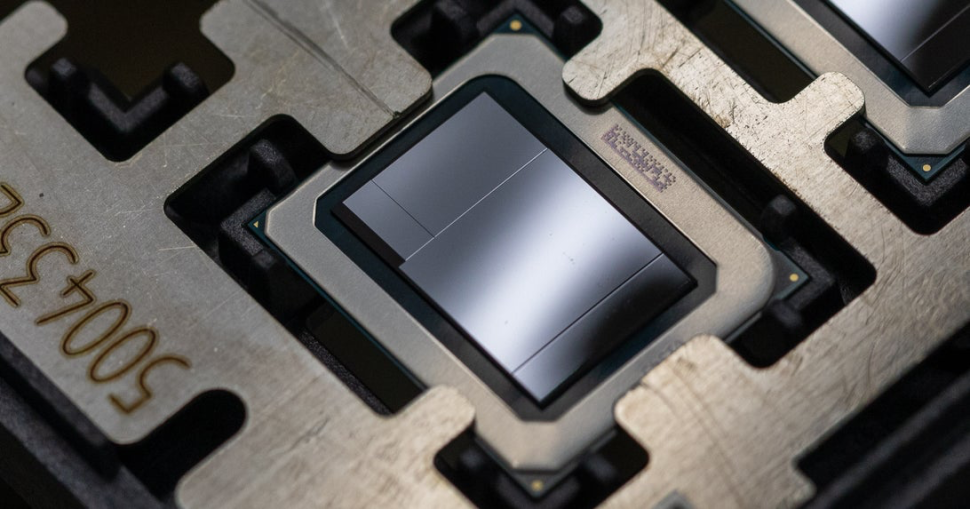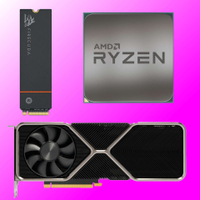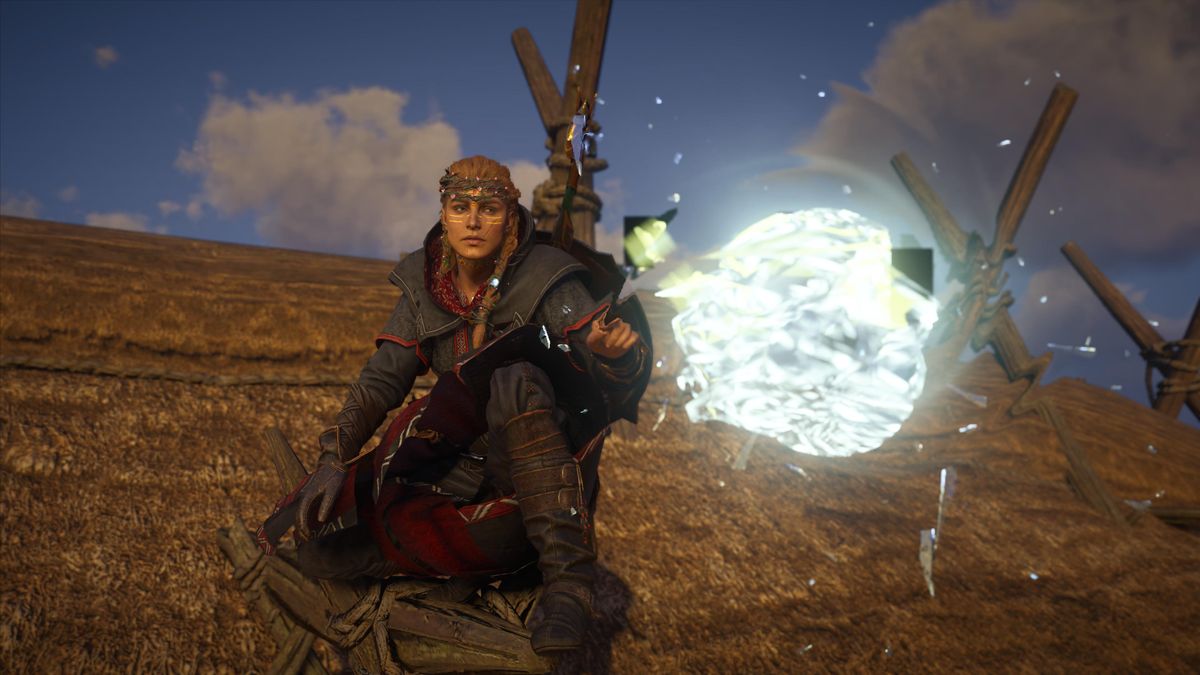Intel’s 7nm chip production node, otherwise known as Intel 4, is ready to roll today and will be used next year for the next-gen Meteor Lake processor family. That’s not strictly news given that Intel 4 and Meteor Lake have been due in 2023 on Intel’s roadmap for nearly two years now. But official confirmation on Monday that both Intel 4 and Meteor Lake remain on that schedule very much is news given Intel’s well documented woes with Intel 7, the node formerly known as 10nm.
Intel’s Ann Kelleher, general manager of technology development, released the latest roadmap for the 2022 IEEE Electron Device Meeting. It characterises Intel 4 as “manufacturing ready today” and lists Meteor Lake as the new nodes first target product.
The 10nm node or Intel 7 achieved full volume production roughly five years later than Intel had originally intended. Intel 4 or the 7nm node is likewise itself well behind Intel’s original plans. But the company has been making a huge effort under new CEO Pat Gelsinger to get its chip production tech back on track and confirmation that Intel 4 is healthy and ready for manufacturing is arguably the first critical step in Gelisinger’s IDM 2.0 masterplan for turning Intel around.
Meteor Lake, of course, will be Intel’s first chiplet-style CPU for consumers. Composed of multiple dies, the CPU cores will be made on Intel 4, while the graphics cores will be produced by Taiwanese foundry TSMC on their 5nm node. Further I/O and SoC tiles will be built on legacy Intel nodes, probably Intel 7.
It’s worth noting that Intel’s 13th Gen Raptor Lake CPUs only landed in September, putting Meteor Lake on what seems like quite an accelerated schedule. However, it’s also expected that Meteor Lake will limited to six Performance-cores where both Raptor Lake and its Alder Lake predecessor offered up to eight P-cores.
The upshot it that it seems unlikely that Meteor Lake will directly replace the entire Raptor Lake lineup up to and including the top Core i7 and Core i9 models. Instead, it looks more likely that Meteor Lake is a mobile-first design that could also see a limited launch on the desktop, replacing entry-level up to mid-range Raptor Lake CPU models.
Image 1 of 3
Intel has form for doing just that, including the Broadwell architecture, which was the company’s first 14nm chip for consumers, launched as a mobile chip, but never had a comprehensive desktop roll out.
The new roadmap also has the Intel 3 node on track for the second half of next year, with Intel 20A due to be ready in the first half of 2024 and the Arrow Lake CPU family along with it. Intel 18A is then slated for the second half of 2024, setting an extremely ambitious schedule for Intel. if Intel executes all of that, it will have gone a long way to closing the gap to TSMC and reasserting its traditional role as the world’s most technically advanced chip manufacturer. We’ll be watching very carefully.
<a href=”https://miteinander-lernen.com/best-cpu-for-gaming/” data-link-merchant=”pcgamer.com”” target=”_blank”>Best CPU for gaming: Top chips from Intel and AMD
<a href=”https://miteinander-lernen.com/best-gaming-motherboards/” data-link-merchant=”pcgamer.com”” data-link-merchant=”pcgamer.com”” target=”_blank”>Best gaming motherboard: The right boards
<a href=”https://miteinander-lernen.com/the-best-graphics-cards/” data-link-merchant=”pcgamer.com”” data-link-merchant=”pcgamer.com”” data-link-merchant=”pcgamer.com”” target=”_blank”>Best graphics card: Your perfect pixel-pusher awaits <a href=”https://miteinander-lernen.com/best-ssd-for-gaming/” data-link-merchant=”pcgamer.com”” data-link-merchant=”pcgamer.com”” data-link-merchant=”pcgamer.com”” data-link-merchant=”pcgamer.com”” target=”_blank”>Best SSD for gaming: Get into the game first



